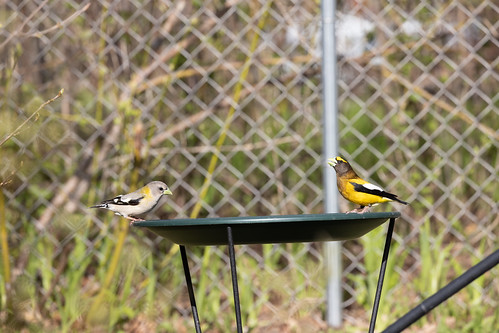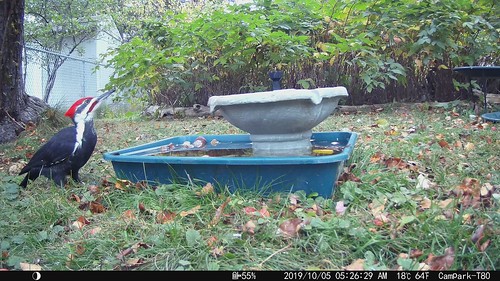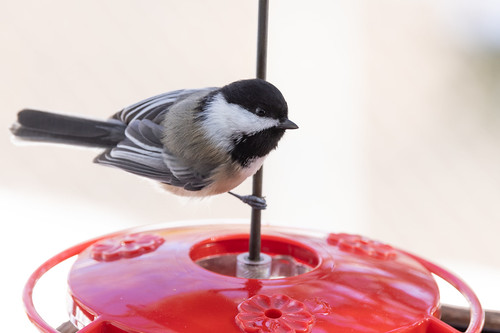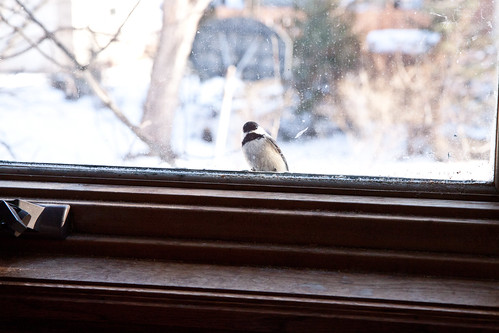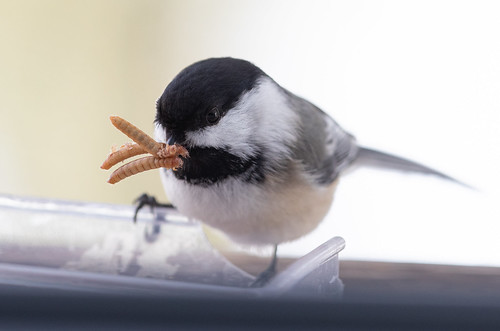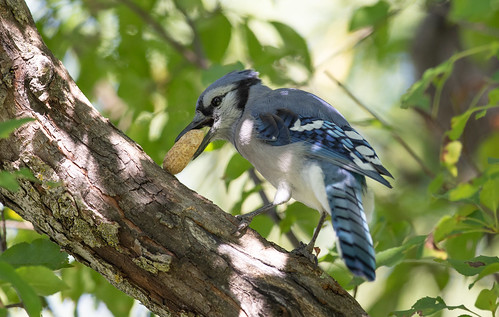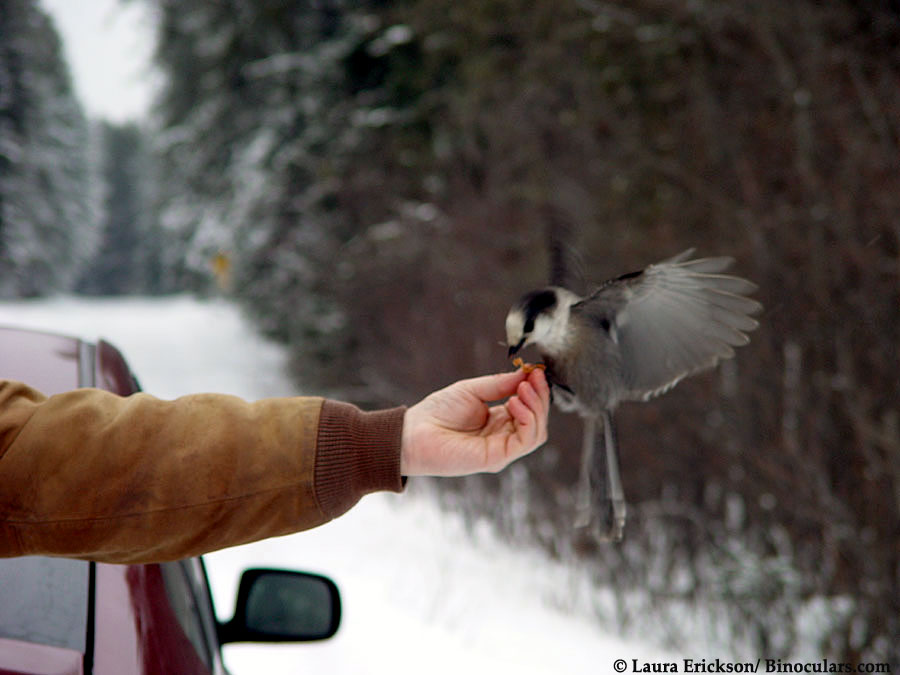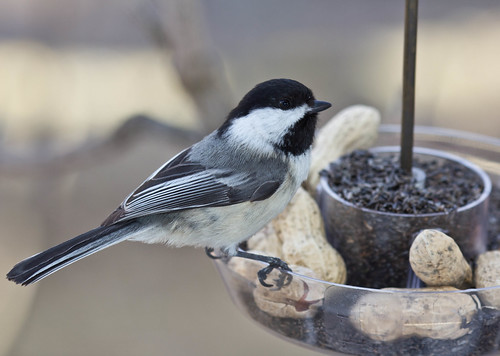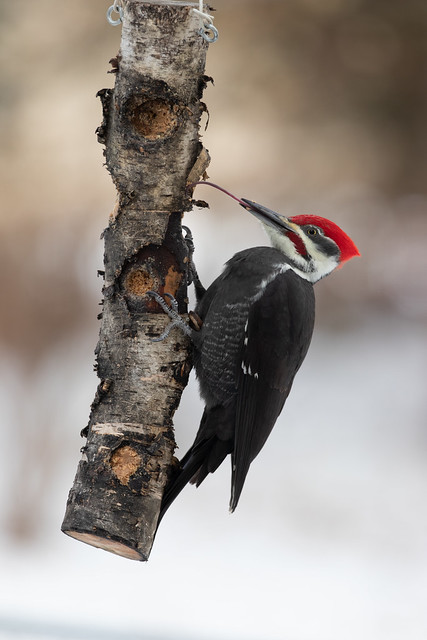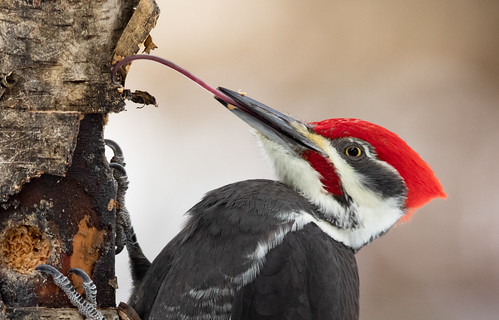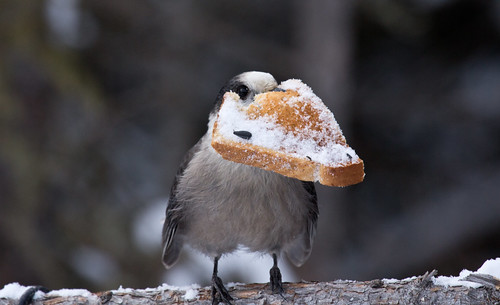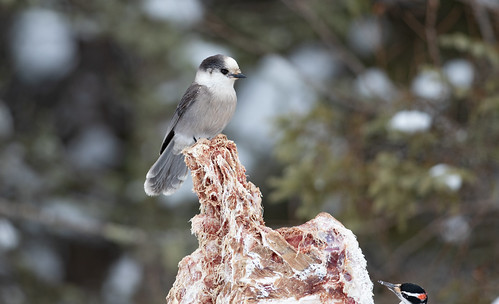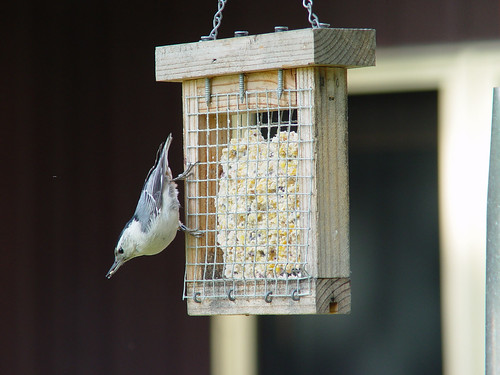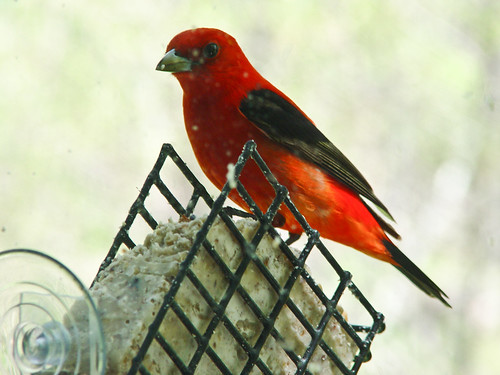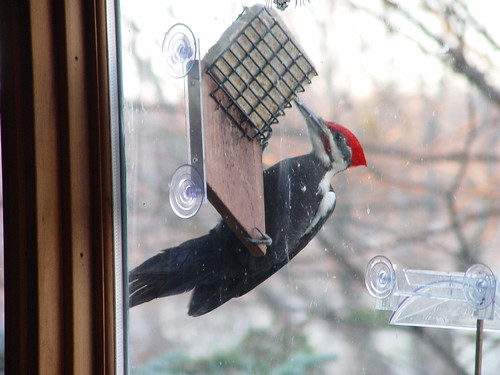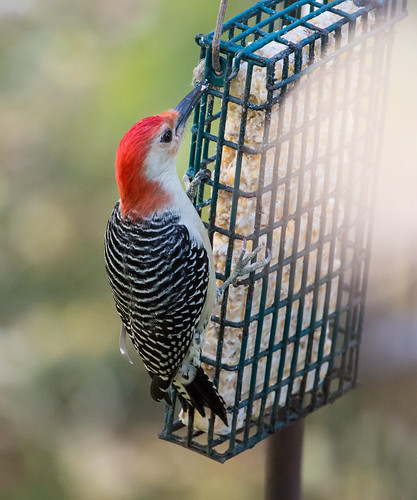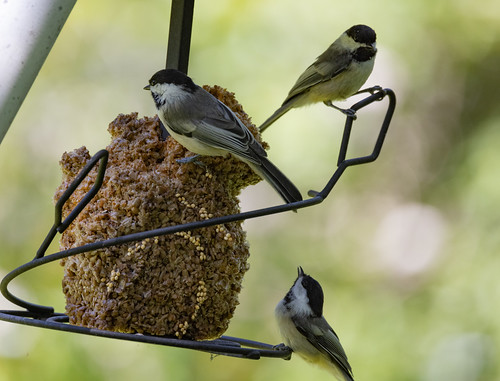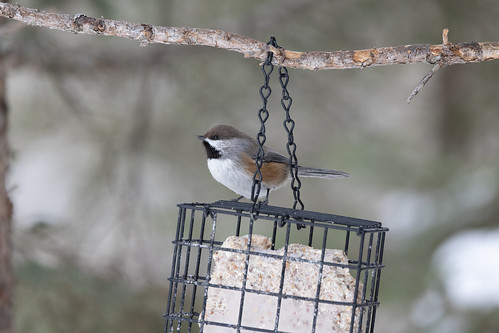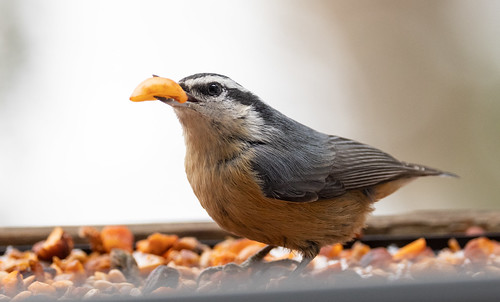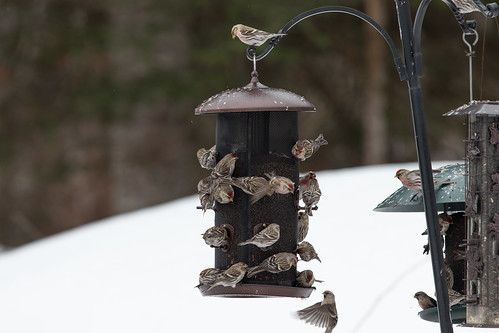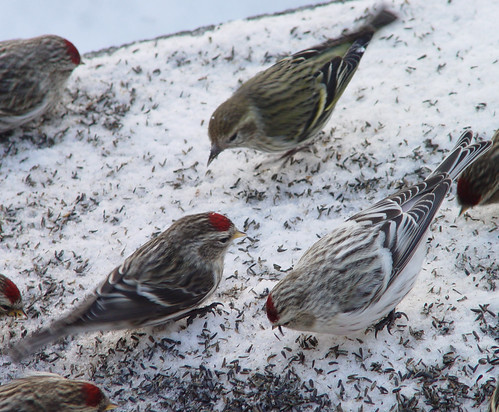Birds need water. Most of the species that visit our feeders also come to birdbaths, but also some species we never see at feeders. Some of the best photos I’ve ever taken of warblers...
... and a really cool video I got of a Pileated Woodpecker were taken at birdbaths or in nearby branches.
I have several birdbaths I set out as soon as the snow melts in spring, and there they stay until serious freezing in fall. I have one old-fashioned pedestal bird bath, but I’ve noticed that more birds prefer coming to the ones I have on or near the ground, which much seem more natural.
Birds are very conscious of even subtle sounds, and find dripping water attractive, so one of my birdbaths has a solar-powered recirculating fountain.
I also have a nice mister that hooks up to my hose, but even though it uses very little water, I don’t like wasting water at all, even in Duluth where the supply from Lake Superior seems endless. I usually only hook the mister up during warbler migration when I’m paying attention and taking photos. The other problem with the mister is that whenever it’s running, squirrels nibble on the hose unless I’m watching.
Water’s importance doesn’t end with the cold weather. This November, when a Rufous Hummingbird turned up in my neighborhood, I kept three different hummingbird feeders outside. Two were the type with moats in the center where we keep fresh water to prevent ants from crawling down the hanger and reaching the sugar water. When the temperatures were below freezing, I kept two identical feeders indoors, swapping them out before the sugar water froze. No ants run about in November, but I kept the moats filled with fresh water anyway. I didn’t catch the hummingbird drinking from them, but every time I set out a room-temperature feeder, in flew a chickadee or two specifically to grab a drink from the moat.
In winters when we have stretches of freezing temperatures before the ground is covered with snow, sometimes I think to set a bowl of water on my window platform feeder for an hour or two. Chickadees quickly notice and grab quick drinks, and other birds figure it out from them. I never do this when it’s extremely cold—if the water steams, I bring it right back in. Ice can form on bird feathers, so sensible ones avoid it anyway.
Many people use heated birdbaths to provide drinking water. Very few birds use them as a hot tub—I’ve only heard of a few instances ever where birds bathed in heated bird baths and then flew out into the frigid air with their feathers icing up. In every case I’ve heard of, those birds were starlings, but combined with my normal reticence to waste electricity, that’s been enough to keep me from using heated birdbaths at all.
If water is so important for birds, how can I feel comfortable providing so little in winter? One of the reasons I can see 10 or 15 bird species in my backyard every day in the dead of winter when the only mammals I spot are deer, rabbits, and squirrels is that bird bodies are so much better designed to conserve water. Our human bodies are particularly wasteful, squandering so much moisture with every exhalation that on the coldest days, ice quickly forms on beards, mustaches, and scarves or other clothing we put close to our mouths or noses. On the coldest days, we can see little puffs of steam coming out of deer mouths, and I’ve seen them with a bit of ice build-up near their noses and mouths.
The avian respiratory system is much more efficient, which is why birds live and fly about at elevations where very few mammals could survive. And with entirely different kinds of lungs that hold onto water more efficiently, they lose much less moisture as they exhale.
They still need some liquid, of course. I suspect one of the reasons my chickadees have such a strong preference for live or frozen mealworms over dried ones is for the moisture they contain. I’ve watched chickadees and other small birds flutter up to dripping icicles to take a quick sip and seen chickadees and a lot of other birds eating snow. Intriguingly, one snowy day while I had my Rufous Hummingbird, I watched her darting about, snapping up falling snowflakes. Yet as familiar as she was with hummingbird feeders, I never once saw her taking water from my feeders’ little moats.
Roger Tory Peterson wrote that birds were the most vivid expression of life, and water is indeed the stuff of life, so it seems miraculous that such high-powered dynamos conserve water so wondrously. Birds provide so much beauty to our eyes and ears, and so much inspiration for the poetry and art that touch our souls that it’s truly miraculous that their migrations, their lives, and their bodies have inspired so much scientific inquiry, expanding our minds as well.
